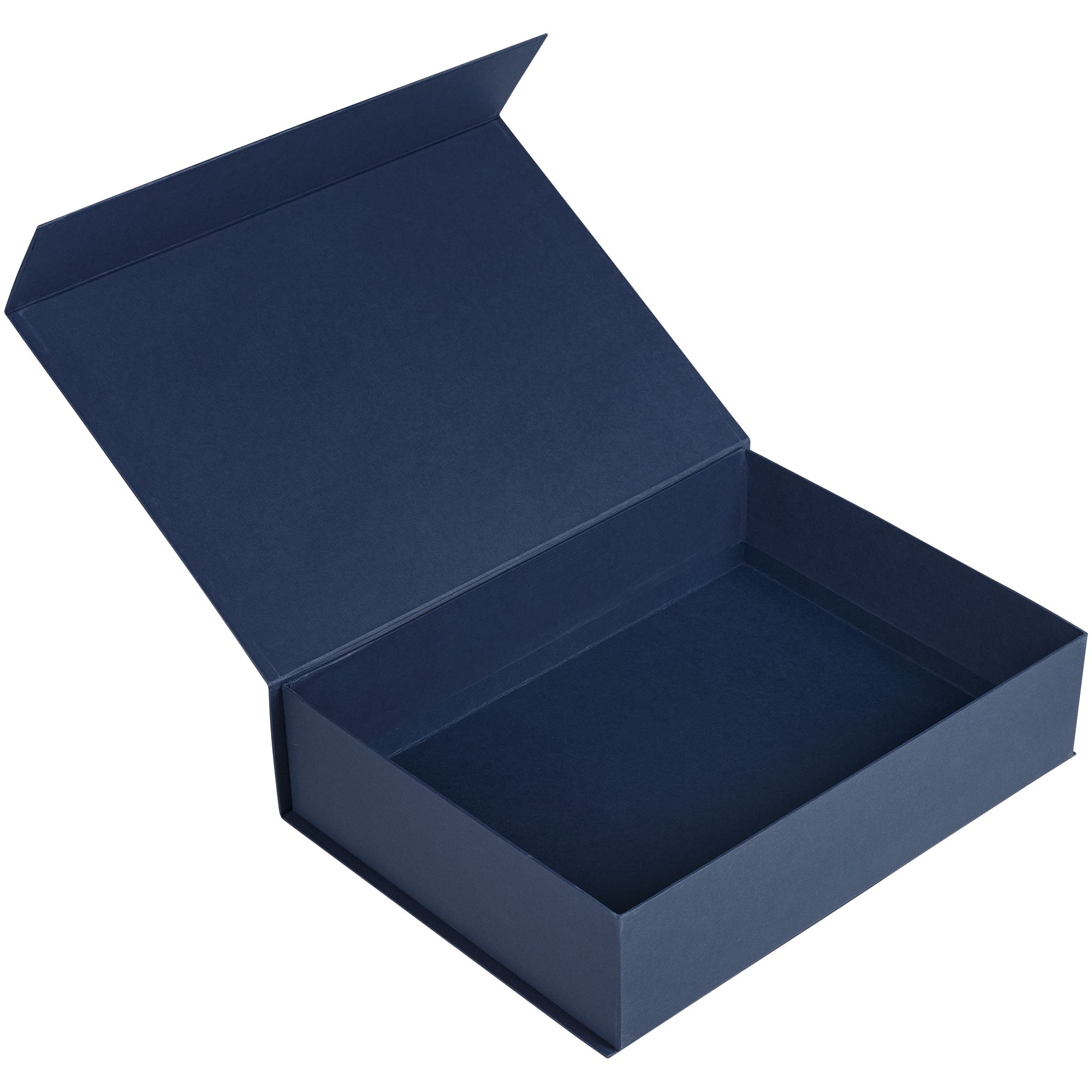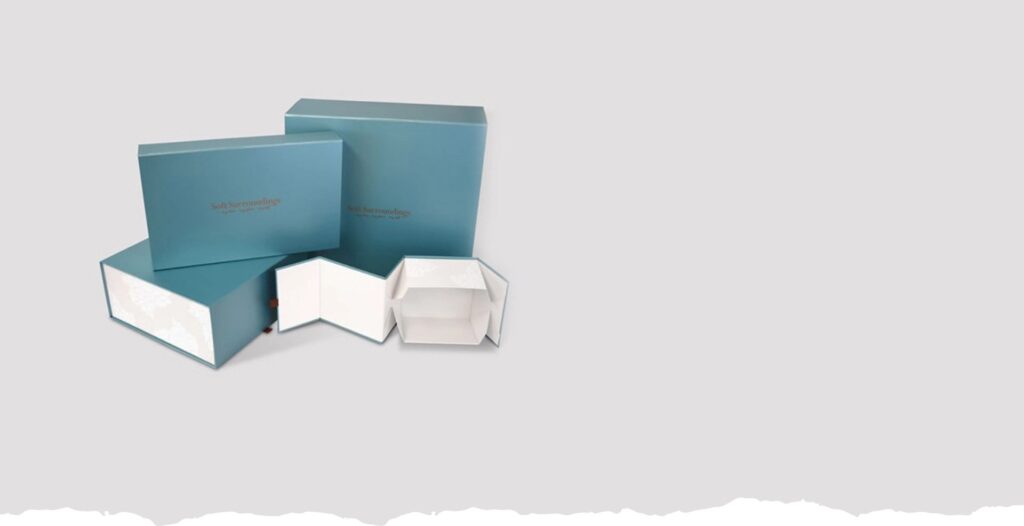Digital Vs. Offset Printing For Custom Printed Rigid Boxes

So, if you want to create custom printed rigid boxes but know which printing technique to use; this blog is for you.
If you are reading this, then you’re already aware of the various benefits of using custom prints to elevate the look of your product. Furthermore, you must also be aware that custom printed rigid boxes can serve to fulfill your marketing needs and branding goals.
Now that you know all this, the question still remains; which printing technique should you use to create your custom rigid boxes? The answer to that question is not as simple as you might think. Because there are several printing techniques available. Each has its own unique set of advantages and disadvantages.
So without further ado, let’s study digital and offset printing techniques. We will see how they work, and their distinct pros and cons. And which one you should choose depending on your packaging needs.
What Is Digital Printing?
Digital printing refers to the process of using a digital file to print your images, text, or graphics directly onto the surface of your rigid box. This printing technique has become increasingly popular in recent years due to its many advantages.
Some of the benefits of digital printing include:
- Lower setup costs: Since digital printing doesn’t require the creation of printing plates, the setup costs are lower as compared to offset printing.
- Faster turnaround times: Digital printing has a shorter lead time as compared to offset printing. This is because the artwork is sent directly to the printer, which reduces the overall production time.
- Greater flexibility: Digital printing offers greater flexibility when it comes to print runs. This is because there are no minimum order quantities, and you can even print on demand. Furthermore, you can change the print design with each print run which is not possible with offset printing.
- Personalization: Digital printing allows for personalization and variable data printing, which means that each rigid box can be printed with a different design or message.
- Increased accuracy: Since digital files are used to print directly onto the surface of the custom rigid packaging boxes, there is no margin for error. This results in a higher quality print with increased accuracy.
Now that we’ve looked at the advantages of digital printing let’s take a look at the disadvantages.
Some of the disadvantages of digital printing include:
- Limited color options: Digital printing generally uses 4 color process printing. This means that there are limits to the number of colors that can be used. This can be a major disadvantage if you want to use more than 4 colors in your design.
- Lower print quality: Although digital printing has come a long way, the print quality is still not as good as offset printing. This is because the ink is not absorbed into the paper, which can result in a lower quality print.
- Limited paper options: Digital printing generally works best with coated papers which means that there are limits to the type of paper that can be used. This can be a disadvantage if you want to use a different type of paper for your rigid boxes wholesale.
What Is Offset Printing?
Offset printing is a printing technique that uses plates to transfer images, text, or graphics onto the surface of your rigid box. The image is first created on a plate which is then used to print onto the surface of the box.
This printing technique has been around for many years and is still one of the most popular printing methods due to its many advantages.
Some of the benefits of offset printing include:
- Higher print quality: Offset printing generally produces a higher quality print as compared to digital printing. This is because the ink is absorbed into the paper, which results in a higher quality print.
- Increased color options: Offset printing can use PMS and CMYK color models, which means that there are no limits to the number of colors that can be used in your design. This is a major advantage if you want to use more than 4 colors in your rigid box design.
- Greater paper options: Offset printing can be done on any type of paper, which means that you have a greater variety of paper options to choose from. This is an advantage if you want to use a different type of paper for your rigid boxes wholesale.
Now let’s study some disadvantages of offset printing:
- Higher setup costs: Since offset printing requires the creation of a printing plate. The setup costs are generally higher as compared to digital printing.
- Longer turnaround times: Offset printing has a longer lead time as compared to digital printing. This is because the artwork is sent to the printer, which then creates the printing plates. The overall production time is therefore longer.
- Less flexibility: Offset printing offers less flexibility when it comes to print runs. This is because there are minimum order quantities and you can’t change the print design with each print run like you can with digital printing.
Conclusion
Whether you want to make rigid candy boxes or rigid candle boxes. Both digital and offset printing have their own advantages and disadvantages. It’s important to understand these before deciding on the right printing method for your rigid packaging boxes.
When making custom printed rigid boxes. The printing method you choose will depend on various factors such as your budget, the quantity you need, the turnaround time, and the print quality you require.
If you want more details then click here

